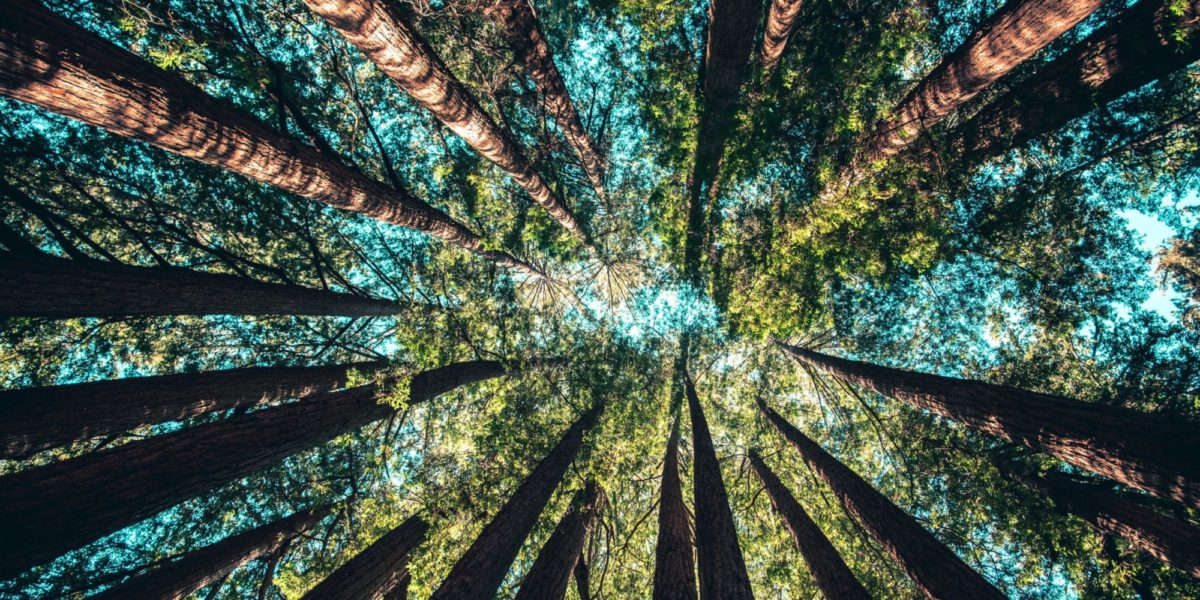Algonquin elder Larry McDermott made a presentation about treaties and protecting Mother Earth at our Sierra Club Canada Foundation national conservation committee meeting in January.
He told us that the Indigenous peoples of North America – originally known as Turtle Island – have made treaties with plants, animals and the land, as well as with each other.
The biggest treaty is the Dish with One Spoon. It is a treaty between the Anishinaabe, Mississaugas and Haudenosaunee Indigenous Nations, and other peoples have been invited to be part of this treaty. It is based on peace, friendship and respect.
It has three main provisions: i) the land provides, but only take what is needed; ii) don’t prevent others from having their needs met; iii) in taking needs, don’t diminish the capacity of Mother Earth to reproduce.
We can all be treaty caretakers for the Dish with One Spoon. We can help Mother Earth, who never grows old, to reproduce and become ever more beautiful.
We can help our Mother by making a commitment to restore biodiversity everywhere.
Don’t just halt the ongoing destruction of the natural world, but reverse it.
Thomas Homer-Dixon, in his book Commanding Hope, calls this a “global immortality project.” He explains that this is an “inspiring and coherent vision of the future that people everywhere can take to heart, affirm in conversation with each other and rally around, and then work with excitement together to reach.”
Homer-Dixon says, “We can create the conditions for nature’s complexity to bloom in new ways across the planet’s surface — not just its remaining unpopulated zones, but in our densest cities too.”
In his column, Protecting Mother Earth on the Road to Reconciliation, Natural Resources Canada Minister Jonathan Wilkinson says, “We appear to be approaching a tipping point in human development when a return to the fundamentals of protecting the natural world, from which we all sprung, is imperative to our survival.”
Wilkinson quotes the Truth and Reconciliation Commission: “There can be no reconciliation among people until there is reconciliation with Mother Earth.”
Indigenous wisdom and western science can work together towards our reconciliation with Mother Earth. Robin Wall Kimmerer, author of Braiding Sweetgrass, refers to this as “reciprocal healing.”
A global treaty with Mother Earth, called the Convention on Biological Diversity (CBD), is a sister to the much better-known climate change convention. Both emerged from the 1992 Rio Earth Summit.
Governments are in the process of developing a post-2020 global biodiversity framework that will guide actions in the decades to come. It will be finalized at the 15th meeting of the CBD Conference of the Parties in Kunming, China, now tentatively scheduled for August 2022.
The Montreal-based CBD secretariat released a first draft of the framework last July. It has a target to conserve “at least 30 per cent globally of land areas and of sea areas.”
World-renowned biologist and prolific author E.O. Wilson (who passed away last Boxing Day) argued in Half Earth – Our Planet’s Fight for Life that we must dedicate fully half the surface of the Earth to nature. This is certainly a worthy goal.
But why only 30 per cent? Or 50 per cent?
Mother Earth needs all of us. We need all of her.
Let’s unite to save Mother Earth.




